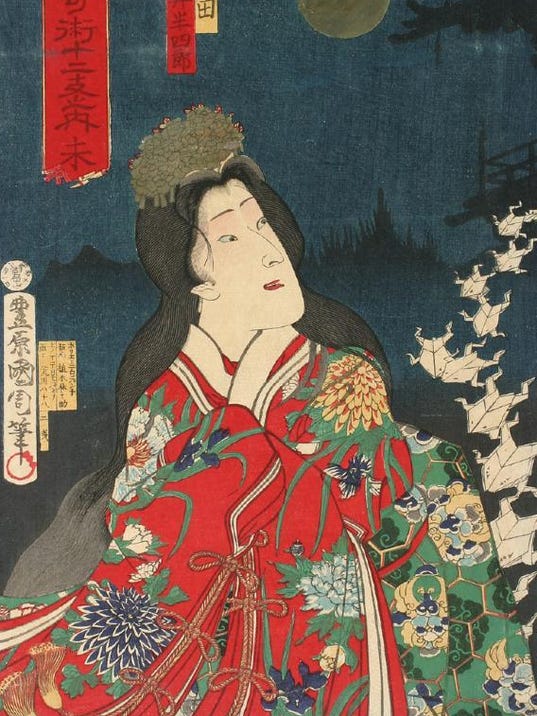For some reason, I envisioned a collection of aged oil paintings and sculptures at the sound of the Victors for Art exhibit. I thought to myself, an exhibit of work owned by alumni? They probably have ancient sculptures and European paintings or something.
And the exhibit did have that. I spent a good ten minutes marveling at an oil painting comprised of various shades of blue, featuring two men on a cliff. Another several minutes were spent admiring an oil painting of a woman who appeared to be deep in thought, pictured below; I took note of the wonderful shading and highlight that the artist captured in this piece, especially through the wrinkles and folds of the woman’s veil.

But Victors for Art went beyond one’s envision of a typical museum art gallery: I found myself looking at a stuffed rooster in a glass casing, standing across from one that was identical in appearance but was comprised of various materials. Other works included a set of figurines that represented the twelve zodiac animals ( dating back to several centuries), a painting of a nude woman leaning on a large pack of Lifesavers, and a large piece of a woman dazzled in embellishments, pictured below.

As the group of alums who made this exhibit possible was diverse, so were the works themselves. This gallery is presented along with the theme of figuration, going with the idea that this exhibit will “allow visitors to explore the variety of artistic responses and purposes encompassed…” and that’s exactly the kind of experience I had when visiting Victors for Art: Michigan’s Alumni Collectors—Part I: Figuration.


For those who have not yet seen this exhibit, it’s a must! Victors for Art provides the opportunity for one to view art that may not usually be available for the public to view. The exhibit is open Tuesdays through Saturdays, 11AM – 5PM and Sunday 12PM – 5PM!











